Table of Contents
- What Is a Dill Sprig? (Exact Measurement)
- 7 Essential Dill Usage Tips for Perfect Flavor
- Dill Substitutes: What to Use When You're Out
- How to Store Fresh Dill Properly (3 Methods)
- Dill Sprig Questions Answered Simply
- Best Dishes to Use Dill Sprigs In
What Is a Dill Sprig? (Exact Measurement)
A dill sprig is a single stem of fresh dill measuring 2-3 inches long with feathery green leaves. When recipes call for one dill sprig, this equals approximately 1 teaspoon of chopped fresh dill or ½ teaspoon of dried dill. For precise measurement: a standard dill sprig contains about 8-12 small leaf clusters and fills one standard teaspoon when chopped. This practical measurement solves the #1 question home cooks have when encountering dill in recipes.
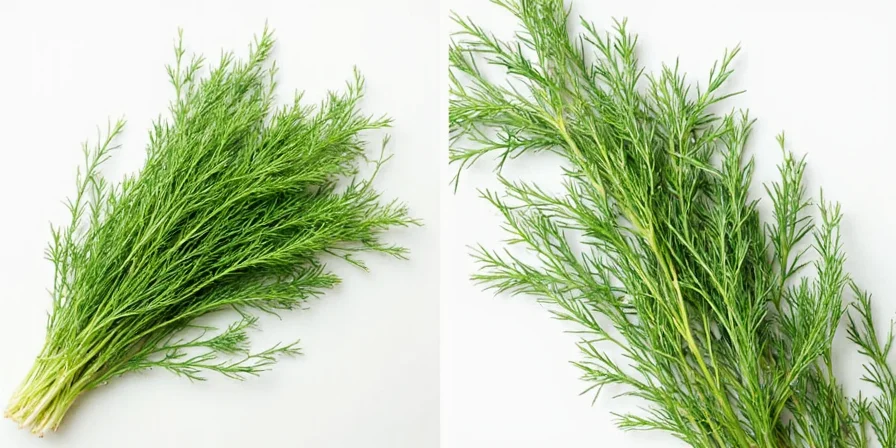
7 Essential Dill Usage Tips for Perfect Flavor
Get the most flavor from dill with these practical techniques tested by professional chefs:
- Timing matters most: Add fresh dill during the last 2 minutes of cooking - heat destroys its delicate flavor.
- Chop properly: Use sharp scissors to snip leaves (never tear) to prevent bruising and bitterness.
- Pickling secret: Place one whole sprig per jar - chopped dill turns bitter in pickling liquid.
- Perfect portions: 3-4 sprigs = 1 tablespoon chopped dill for salads and dips.
- Freezing method: Freeze whole sprigs in water (not oil) for best flavor retention in cooked dishes.
- Pair wisely: Dill works best with fish, potatoes, cucumbers, and egg dishes - avoid strong spices that overpower it.
- Freshness test: Discard when leaves turn dark green or yellow - flavor quality drops significantly.
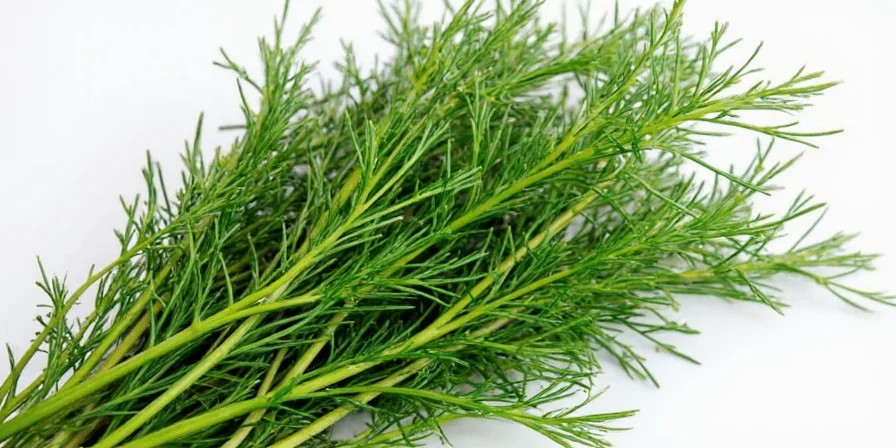
Dill Substitutes: What to Use When You're Out
Don't cancel your recipe! These practical substitutions maintain flavor balance:
| When Recipe Calls For | Best Substitute | Conversion Ratio | Best For |
|---|---|---|---|
| 1 dill sprig | Fennel fronds | 1:1 | Fish dishes, salads |
| 2+ dill sprigs | Tarragon | ½ amount | Dressings, sauces |
| Pickling | Dill seed | ¼ tsp per sprig | Pickles, brines |
| Cold dishes | Chervil | 1:1 | Salads, dips |
Important note: Dried dill works only in cold applications (like dressings) at a 1:3 ratio (1 tsp dried = 3 fresh sprigs). Never substitute dried dill in cooked dishes - it creates a harsh flavor.
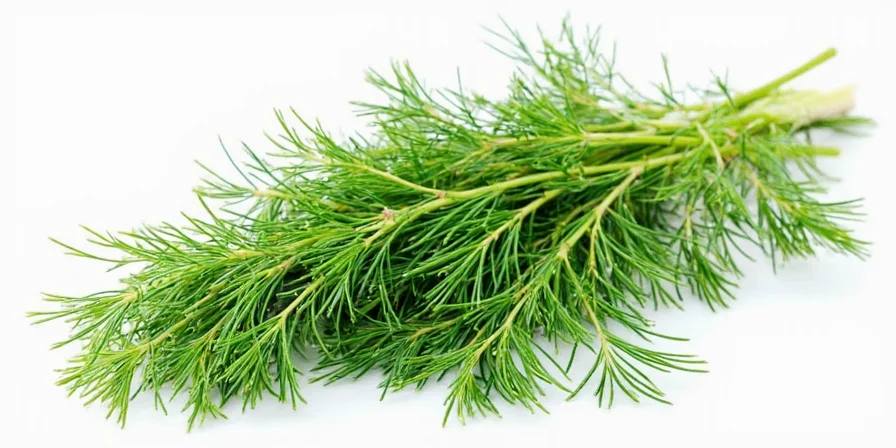
How to Store Fresh Dill Properly (3 Methods)
Extend dill's shelf life with these kitchen-tested methods:
Method 1: Refrigerator Stem Storage (7-10 days)
Trim dill stems, place in glass with 1 inch of water, cover loosely with plastic bag, and refrigerate. Change water every 2 days.
Method 2: Paper Towel Wrap (5-7 days)
Wrap dill in slightly damp paper towel, place in airtight container, and refrigerate. Check towel moisture every 3 days.
Method 3: Freezing for Cooking (3 months)
Chop dill, place 1 teaspoon portions in ice cube tray, cover with water, and freeze. Transfer cubes to freezer bag. Use directly in soups and stews.
Never store dill: In plastic bags without ventilation, near ethylene-producing fruits (apples, bananas), or in direct sunlight.
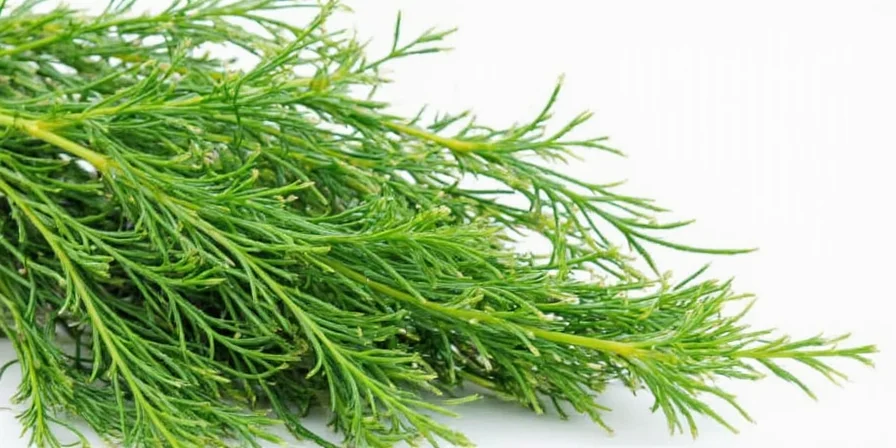
Dill Sprig Questions Answered Simply
How much dill is in one sprig?
One standard dill sprig measures 2-3 inches long and contains approximately 1 teaspoon of chopped dill. For precise cooking, 3-4 small sprigs equal 1 tablespoon chopped.
Can I use dried dill instead of fresh sprigs?
Only in cold dishes at a 1:3 ratio (1 tsp dried = 3 fresh sprigs). Never substitute dried dill in cooked dishes - it develops a bitter, harsh flavor when heated. Dried dill works only in dressings, dips, and uncooked applications.
Why does my dill turn black in dishes?
Dill turns dark when exposed to air and metal. To prevent this: chop with ceramic or plastic knives, add lemon juice to dishes at the same time as dill, and avoid aluminum containers. Fresh dill should be added at the very end of cooking.
What dishes work best with dill sprigs?
Dill shines in fish dishes, potato salad, cucumber salads, creamy dips, egg salads, and pickled vegetables. It pairs perfectly with lemon, garlic, and mustard. Avoid using dill with strongly spiced dishes where its delicate flavor gets lost.
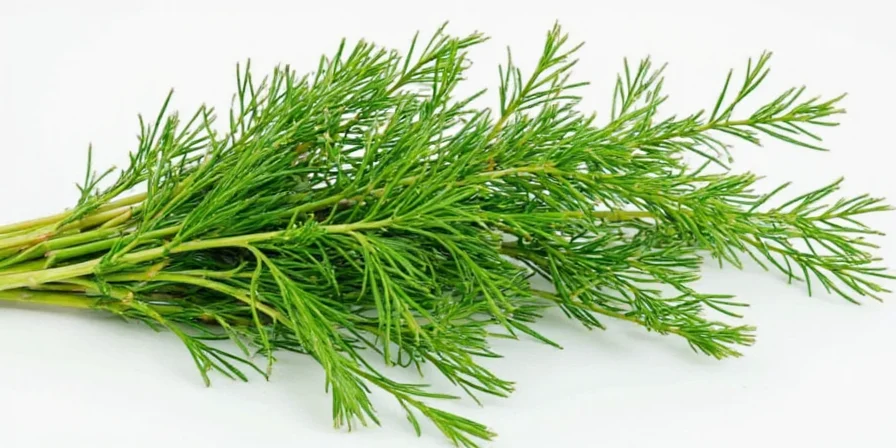
Best Dishes to Use Dill Sprigs In
Maximize dill's potential with these proven applications:
Fish & Seafood
Place 2-3 sprigs inside whole fish before baking, or tuck sprigs under fish fillets. The steam carries dill's flavor into the fish without overpowering it.
Potato Salad
Add 4-5 sprigs to the potato cooking water, then chop 2 additional sprigs into the finished salad for perfect dill infusion.
Cucumber Salad
Combine 3 chopped sprigs with sliced cucumbers, red onion, vinegar, and sugar. Let sit 30 minutes before serving for maximum flavor absorption.
Homemade Pickles
Place one whole sprig per jar vertically against the glass - this creates even flavor distribution without the bitterness of chopped dill.
Pro tip: For dips and dressings, remove tough stems first - only the feathery leaves belong in cold preparations. Save stems for cooking applications where texture doesn't matter.

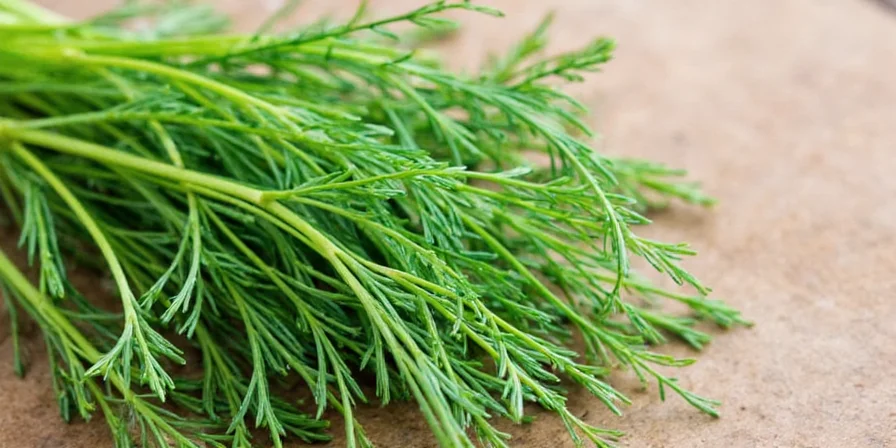









 浙公网安备
33010002000092号
浙公网安备
33010002000092号 浙B2-20120091-4
浙B2-20120091-4